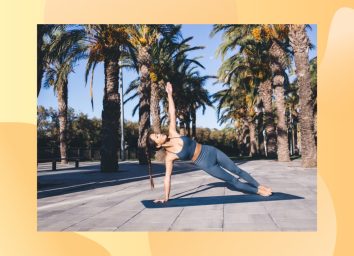Can't Squat, Bench, or Deadlift? Try These Alternatives to Build Muscle Fast
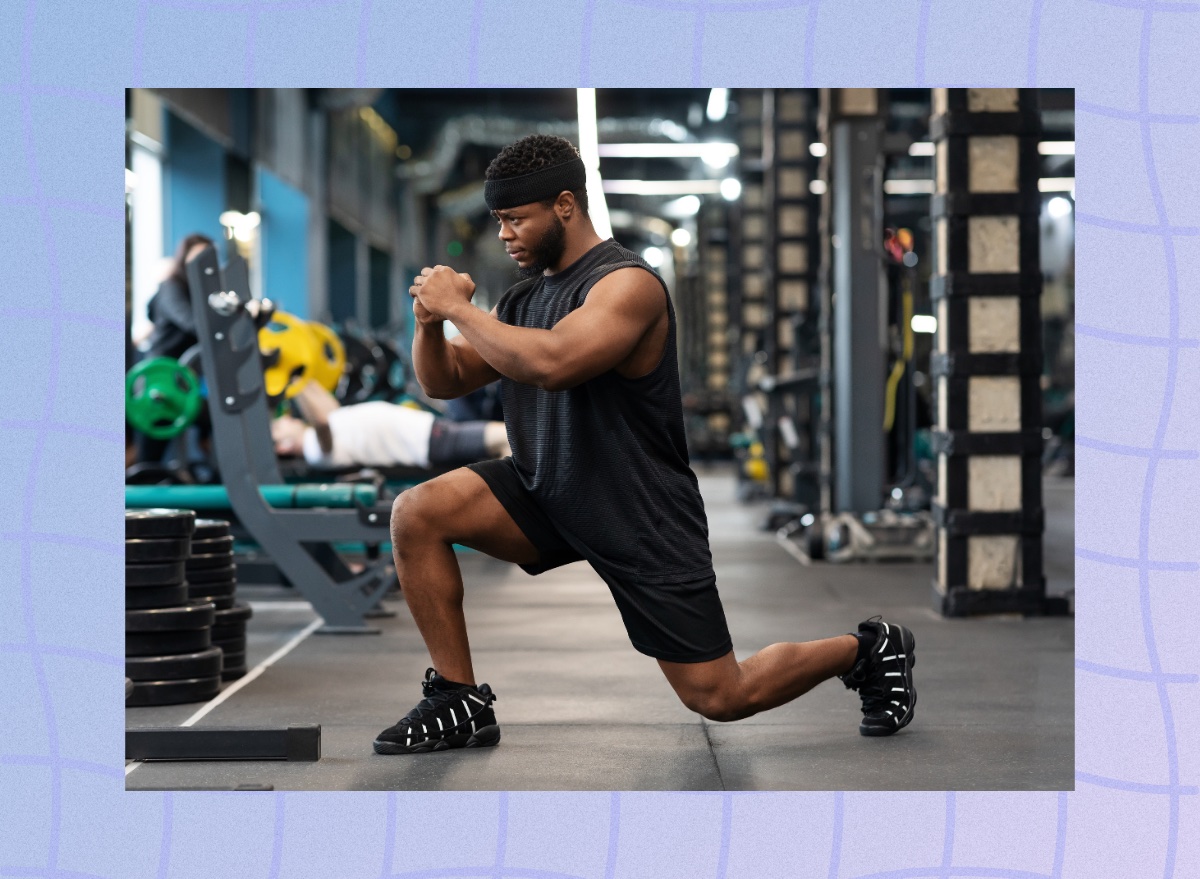
Sometimes, life or circumstances get in the way of performing the traditional squat, bench press, or deadlift. Perhaps you're dealing with joint discomfort or recovering from an injury that makes these movements uncomfortable or unsafe. Maybe you train in a minimalist gym or at home, where the necessary equipment isn't available. Whatever the case, sticking to the same exercises isn't always possible—or ideal. So, I've put together 12 muscle-building exercise alternatives to squats, bench presses, and deadlifts.
Switching up your workout routine every four to six weeks isn't just a fun way to keep things fresh—it's essential for building muscle and breaking through plateaus. Sticking to the same exercises for too long can lead to adaptation, where your body gets too comfortable and stops growing. This means no matter how many times you grind through the same squats, bench presses, or deadlifts, your gains can eventually hit a wall. By rotating in alternative movements, you challenge your muscles in new ways, driving continued growth and improving overall strength.
This guide highlights the best squat, bench press, and deadlift alternatives to keep your training dynamic and results-driven. From machine-based options to bodyweight movements, these exercises are perfect for anyone looking to stay strong, injury-free, and motivated in the gym.
In This Article:
The Best Squat Alternatives
Squats are undoubtedly the king of lower-body strength training, but other contenders are worth considering when it comes to building serious size. Exercises like the leg press, hack squat, lunges, and Smith machine squats are excellent for isolating and targeting your quads, especially if achieving optimal squat depth or maintaining control proves challenging.
1. Leg Press
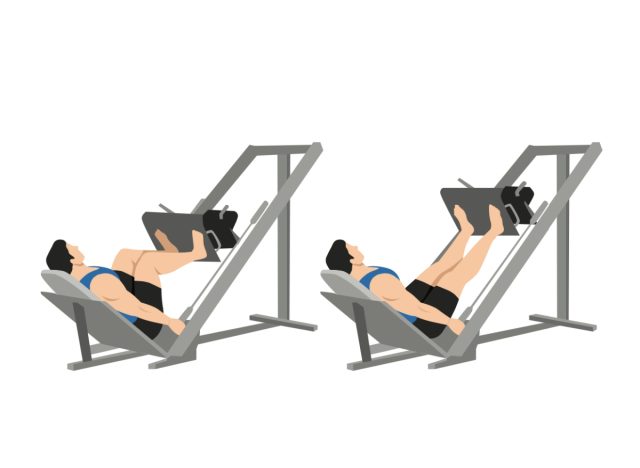
The leg press isolates your quads without requiring the same level of core or balance engagement as free-weight squats. It's perfect for pushing heavier loads or focusing on hypertrophy without overloading your lower back.
How To Do It:
- Sit on the leg press machine with your back flat against the pad and feet shoulder-width apart on the platform.
- Adjust the seat to ensure your knees form a 90-degree angle at the bottom of the movement.
- Push the platform up to release the safety latches.
- Lower the platform slowly by bending your knees until they come close to your chest (without your lower back lifting off the pad).
- Drive through your heels to push the platform back to the starting position, stopping just before your knees fully lock out.
Sets and Reps: Perform 4 sets of 10-12 reps, focusing on controlled lowering and explosive pressing. Rest for 60 to 90 seconds between sets.
Best Leg Press Variations:
- Single-Leg Leg Press
- Narrow-Stance Leg Press
- Wide-Stance Leg Press
- High or Low Foot Placement Variations
2. Hack Squat
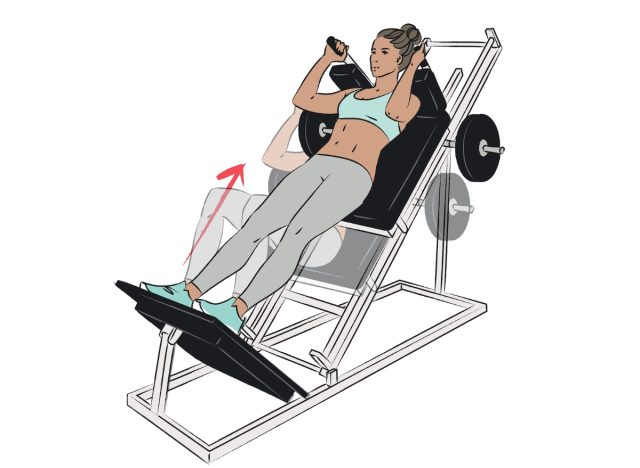
The hack squat emphasizes your quads while offering excellent support for your back, making it a great option for controlled, deep squats and quad-dominant hypertrophy.
How To Do It:
- Position yourself on the hack squat machine with your shoulders under the pads and feet hip-width apart on the platform.
- Unlock the safety mechanism by extending your legs slightly.
- Lower yourself by bending your knees and keeping your back pressed against the pad, descending until your thighs are parallel (or slightly lower) to the platform.
- Push through your heels to extend your legs back to the starting position, ensuring your knees don't fully lock out.
Sets and Reps: Complete 4 sets of 8-10 reps, focusing on a controlled descent and a powerful push through the quads.
Best Hack Squat Variations:
- Reverse Hack Squat
- Narrow-Stance Hack Squat
- Wide-Stance Hack Squat
3. Lunges
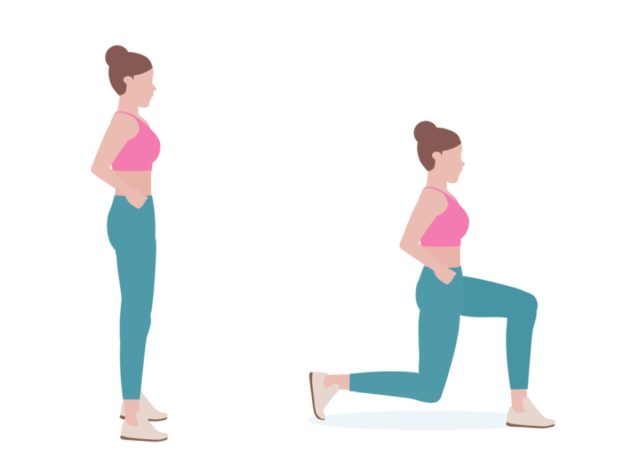
Lunges target the quads, glutes, and hamstrings while also improving balance, coordination, and unilateral strength. They're versatile and can be done anywhere with or without weights.
How To Do It:
- Stand tall with your feet hip-width apart and hands on your hips or holding dumbbells at your sides.
- Step forward with one leg, lowering your body until your front knee is at a 90-degree angle and your back knee hovers just above the floor.
- Drive through your front heel to return to the starting position.
- Alternate legs for each rep or complete all reps on one leg before switching.
Sets and Reps: 3-4 sets of 10-12 reps per leg.
Best Lunge Variations:
- Walking Lunges
- Reverse Lunges
- Bulgarian Split Squats
- Lateral Lunges
4. Smith Machine Squats
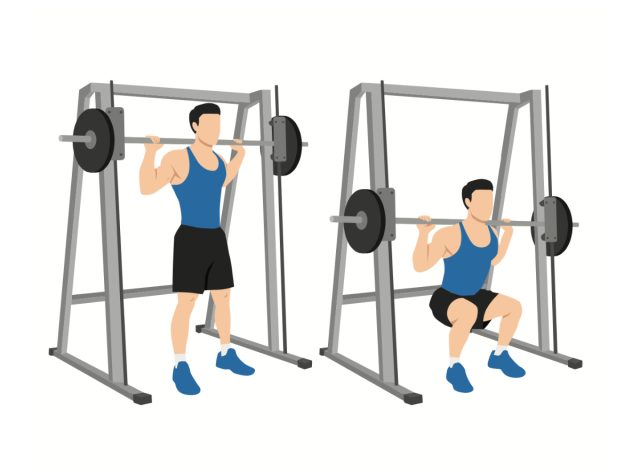
The Smith machine provides stability, allowing you to focus solely on quad activation and form. It's ideal for beginners or lifters who want to isolate their lower body without worrying about balance.
How To Do It:
- Position yourself under the bar, with your feet slightly ahead of your hips and shoulder-width apart.
- Unlock the bar and rest it across your upper traps, keeping your chest up and core braced.
- Lower yourself by bending your knees and hips, ensuring your knees stay aligned with your toes.
- Descend until your thighs are parallel (or lower) to the floor, then push through your heels to return to the starting position.
Sets and Reps: Perform 4 sets of 10-12 reps, emphasizing depth and quad engagement.
Best Smith Machine Squat Variations:
- Narrow-Stance Smith Machine Squats
- Sumo Smith Machine Squats
- Single-Leg Smith Machine Squats
The Best Bench Press Alternatives
While the bench press is a solid choice for building chest strength and size, exercises like pushups, dumbbell bench presses, machine presses, and chest flyes can often be more effective for muscle growth. These movements allow for a deeper stretch in the pecs and provide greater versatility to target specific areas of the chest, promoting well-rounded development.
1. Pushups
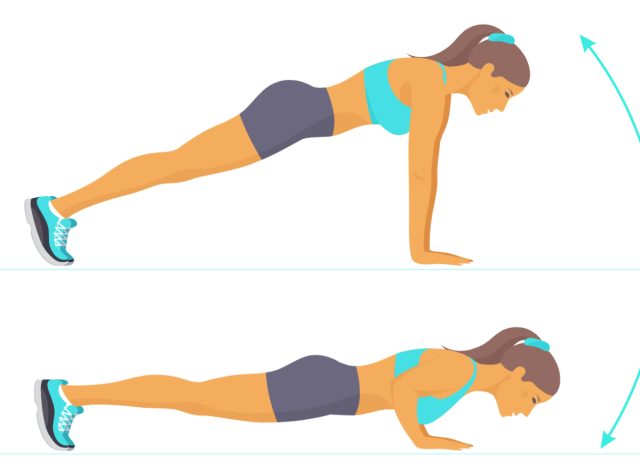
Pushups are a versatile bodyweight exercise that builds chest strength and size while also engaging your shoulders, triceps, and core. They're perfect for any fitness level and can be modified to increase intensity or target different areas of the chest.
How To Do It:
- Start in a high plank position with your hands shoulder-width apart and directly under your shoulders.
- Keep your body in a straight line from head to heels by bracing your core and engaging your glutes.
- Lower yourself by bending your elbows at a 45-degree angle, bringing your chest close to the floor without letting your hips sag.
- Push through your palms to return to the starting position, fully extending your elbows.
Sets and Reps: Perform 3-4 sets of 12-20 reps or until failure for maximum endurance and hypertrophy.
Best Pushup Variations:
- Wide-Grip Pushups
- Decline Pushups
- Diamond Pushups
- Archer Pushups
- Weighted Pushups
2. Dumbbell Bench Press
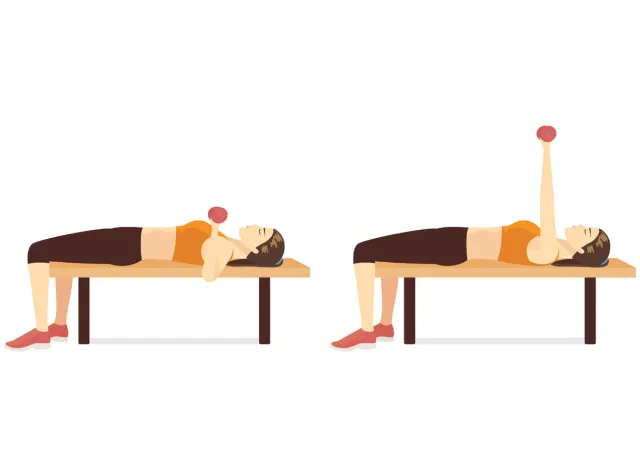
The dumbbell bench press allows for a greater range of motion than a barbell, providing a deeper stretch for the pecs. It also helps correct muscle imbalances by letting each arm work independently.
How To Do It:
- Lie flat on a bench with a dumbbell in each hand, held at chest level with palms facing forward.
- Press the dumbbells upward until your arms are fully extended but not locked out.
- Lower the dumbbells slowly in a controlled motion until they're just above your chest, keeping your elbows at about a 45-degree angle.
- Push the dumbbells back up, squeezing your chest at the top of the movement.
Sets and Reps: Complete 4 sets of 8-12 reps, focusing on control during the lowering phase.
Best Dumbbell Bench Press Variations:
- Incline Dumbbell Bench Press
- Decline Dumbbell Bench Press
- Neutral-Grip Dumbbell Bench Press
- Single-Arm Dumbbell Bench Press
3. Chest Flyes
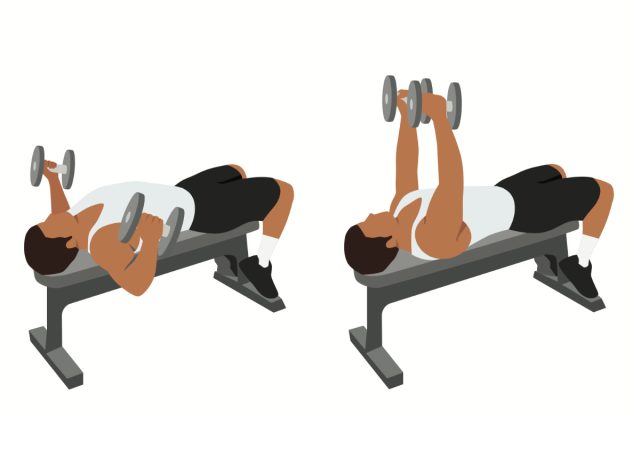
Chest flyes isolate the pecs, making them a great addition for increasing chest size and improving muscle definition. They emphasize the stretch and contraction phases, which are key for muscle hypertrophy.
How To Do It:
- Lie flat on a bench with a dumbbell in each hand, held directly above your chest with palms facing each other.
- With a slight bend in your elbows, lower the dumbbells outward in an arc-like motion until you feel a stretch in your chest.
- Slowly bring the dumbbells back to the starting position by reversing the arc and squeezing your chest at the top.
Sets and Reps: Perform 3-4 sets of 12-15 reps, ensuring a controlled tempo for maximum muscle engagement.
Best Chest Flye Variations:
- Cable Chest Flyes
- Incline Dumbbell Flyes
- Decline Dumbbell Flyes
- Resistance Band Flyes
4. Chest Machine Press
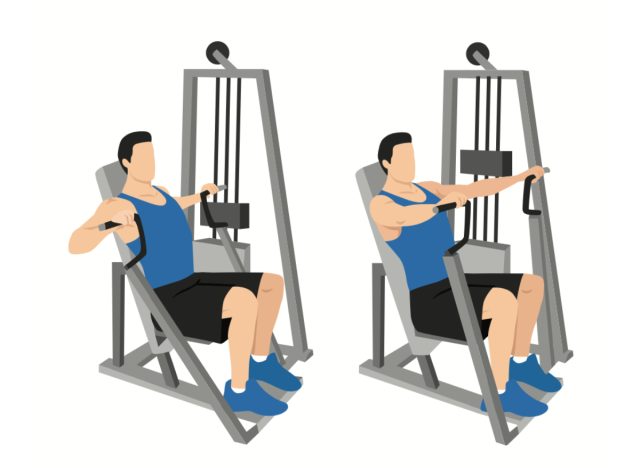
The chest machine press provides excellent stability, allowing you to isolate your chest muscles without worrying about balance. It's ideal for beginners or as a finisher to fully fatigue the pecs.
How To Do It:
- Sit on the machine with your back flat against the pad and your feet planted firmly on the ground.
- Grip the handles with your palms facing forward, aligning your hands with your chest.
- Press the handles forward until your arms are fully extended but not locked out, squeezing your chest at the top.
- Slowly return the handles to the starting position, maintaining control and keeping constant tension on your chest.
Sets and Reps: Complete 4 sets of 10-12 reps, using a moderate to heavy weight for optimal muscle growth.
Best Machine Press Variations:
- Incline Chest Machine Press
- Decline Chest Machine Press
- Single-Arm Machine Press
- Plate-Loaded Chest Machine Press
The Best Deadlift Alternatives
While deadlifts are the ultimate test of posterior chain strength, alternatives like glute bridges, hip thrusts, stiff-leg deadlifts, and leg curls can provide more focused tension on the hamstrings and glutes. These exercises are easier on your lower back and allow targeted muscle engagement without heavy loads.
1. Glute Bridge
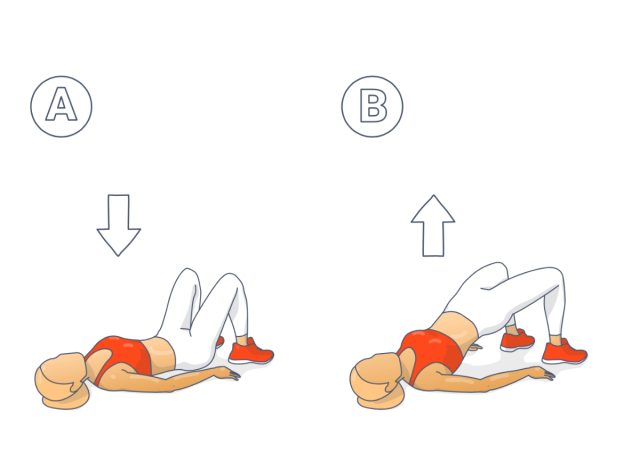
The glute bridge is a bodyweight exercise that strengthens the glutes, hamstrings, and core while also improving hip stability. It's beginner-friendly and a fantastic way to activate your posterior chain without stressing your lower back. If you're looking to up the ante, barbell or dumbbell options quickly ramp up the intensity.
How To Do It:
- Lie on your back with your knees bent, feet flat on the floor about hip-width apart, and arms resting at your sides.
- Press through your heels to lift your hips toward the ceiling, forming a straight line from your shoulders to your knees.
- Squeeze your glutes at the top, ensuring your lower back doesn't arch.
- Lower your hips back down in a controlled motion and repeat.
Sets and Reps: Complete 3-4 sets of 15-20 reps or until you feel a strong glute burn. If performing weighted variations, kick the reps down to 8-12
Best Glute Bridge Variations:
- Single-Leg Glute Bridge
- Elevated Glute Bridge (feet on a bench or step)
- Weighted Glute Bridge (using a barbell or dumbbell)
- Band-Resisted Glute Bridge
2. Hip Thrust
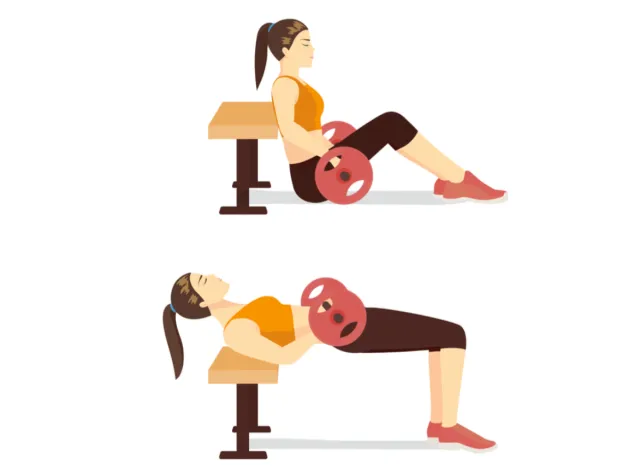
Hip thrusts are a potent exercise for building glute strength and size due to the increased range of motion compared to a glute bridge. They allow you to load your glutes with heavy weights while maintaining focus on hip extension, making them one of the best moves for posterior chain development.
How To Do It:
- Sit on the ground with your upper back against a bench and a loaded barbell resting across your hips.
- Plant your feet flat on the floor, shoulder-width apart, with your knees bent at 90 degrees.
- Push through your heels to lift your hips until your body forms a straight line from your shoulders to your knees.
- Squeeze your glutes hard at the top, then slowly lower your hips back to the starting position.
Sets and Reps: Perform 4 sets of 8-12 reps, using a challenging weight while maintaining control.
Best Hip Thrust Variations:
- Single-Leg Hip Thrust
- Band-Resisted Hip Thrust
- Smith Machine Hip Thrust
- Deficit Hip Thrust (feet elevated)
3. Stiff Leg Deadlift
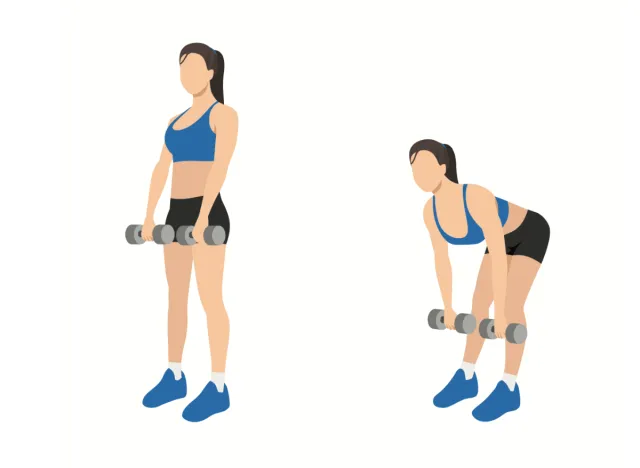
The stiff leg deadlift is a hamstring-dominant exercise that strengthens the glutes and lower back. Its more extended range of motion makes it excellent for improving flexibility and creating a solid stretch in the hamstrings.
How To Do It:
- Stand tall with your feet hip-width apart, holding a barbell or dumbbells in front of your thighs with an overhand grip.
- Keeping your back straight and core braced, hinge at your hips to lower the weights toward the floor, allowing a slight bend in your knees.
- Lower the weights until you feel a deep stretch in your hamstrings, stopping just before your back rounds.
- Push through your heels and drive your hips forward to return to the starting position, squeezing your glutes at the top.
Sets and Reps: Complete 3-4 sets of 8-12 reps, focusing on a controlled tempo for the lowering and lifting phases.
Best Stiff Leg Deadlift Variations:
- Dumbbell Stiff Leg Deadlift
- Barbell Deficit Stiff Leg Deadlift
- Single-Leg Stiff Leg Deadlift
- Trap Bar Stiff Leg Deadlift
4. Leg Curls
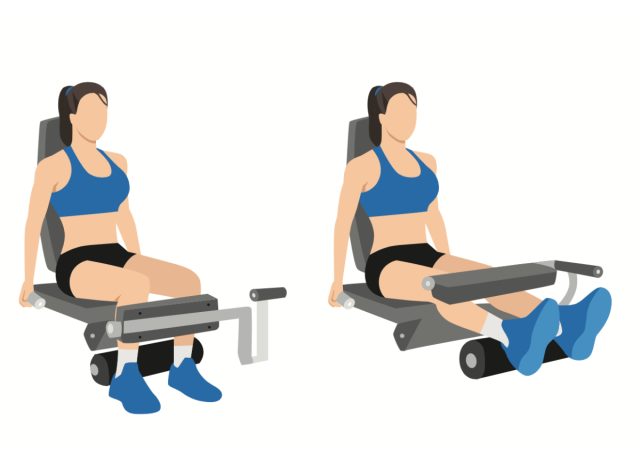
Leg curls isolate the hamstrings, making them essential for building strength and size in the back of your legs. They're especially beneficial for balancing knee and hip strength.
How To Do It:
- Adjust the leg curl machine so the pad rests just above your heels, with your legs fully extended.
- Lie face down (for prone leg curls) or sit upright (for seated leg curls), gripping the handles for stability.
- Curl your legs by bending your knees, pulling the pad toward your glutes in a smooth, controlled motion.
- Slowly lower the pad back to the starting position, resisting the weight as you extend your legs.
Sets and Reps: Perform 4 sets of 10-15 reps, using a moderate weight that keeps tension on the hamstrings throughout.
Best Leg Curl Variations:
- Seated Leg Curls
- Lying Leg Curls
- Standing Single-Leg Curls
- Stability Ball Hamstring Curls


